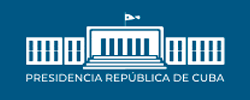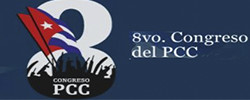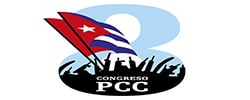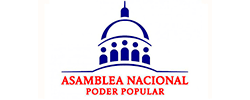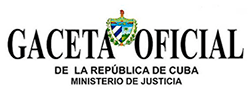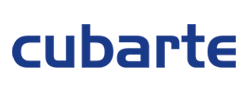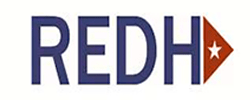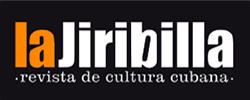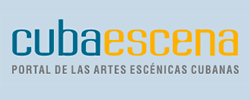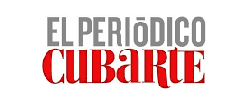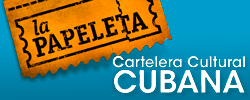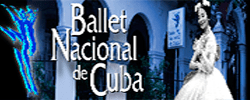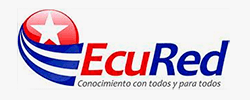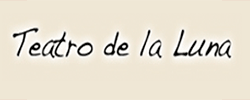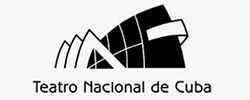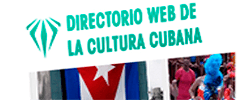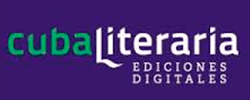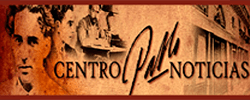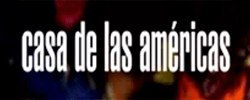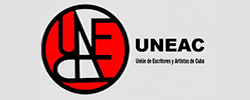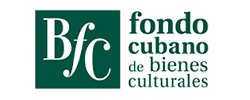- Category: goals and indicators
- Read Time: 1 min
- Hits: 3311
1.
Improve the research strategy, based on the assignment and priorities as a state interest, and systematic control and as a contribution to the updating and application of cultural policy and the development of art and culture in the country.
- Apply the fundamental results of research in development programmes and in artistic and socio-cultural practice and teaching through the improvement of art education curricula.
- The National Survey on Cultural Consumption has been designed and adjusted with a view to its implementation and processing in 2019.
- Action research and other techniques have been applied to enable the systematic evaluation and monitoring of the implementation of cultural policy in specific socio-cultural contexts.
- Socialized the results of fundamental research through publication and teaching.
2. Quality management of training processes in arts education and human resources in the cultural system.
- The policy of improving the substantive processes of art education has been implemented
- Improved processes for developing and implementing new curricula and programs at all levels, including those aimed at training art teachers/instructors as part of the country's art education system
- The teaching staff of schools, the University of the Arts and centres for improvement have been comprehensively prepared, with emphasis on the issues of Cuban culture, cultural policy and subversion in culture, the thought of Martí and Fidel and the use of ICTs as a function of the teaching process and social networks for the defence of the Revolution.
- The National Art Schools have been consolidated as Centres of Reference and methodological teaching attention for the network of schools in the country.
- The demands of graduates from the middle and higher levels of artistic education from 2019 to 2027 have been improved, as well as the plan for continuing studies and entry into specialized higher education.
- Improved processes for the demand for higher level graduates and middle level technicians in general education and for the placement and care of these graduates.
- Improved the demands for human resources in culture, with emphasis on the fourth level of education.
- Level of response to the demands for improvement of professionals and workers of the organization.


